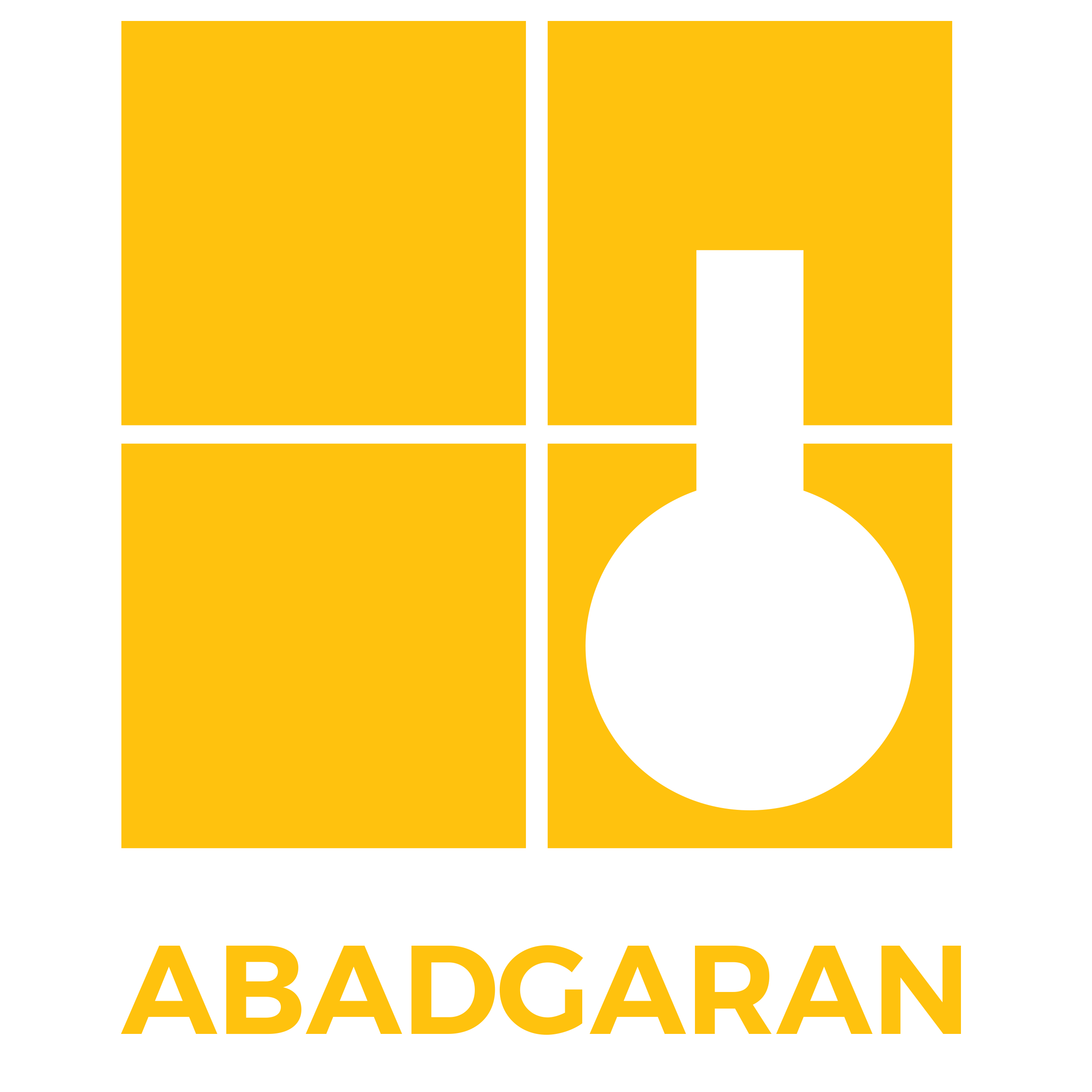
Please wait, loading...

Please wait, loading...

![]()

TWO-COMPONENT POLYURETHANE TOPCOAT, ACRYLIC ALIPHATIC ISOCYANATE WITH EXCELLENT UV RESISTANCE
ABACOAT PUR-40 is a coating based on acrylic polyol resin and an isocyanate hardener. Due to its polymeric structure and high mechanical resistance, it is widely used for coating various surfaces. Typically, polyurethane coatings are applied as a final layer on primers and intermediate epoxy layers, creating a uniform structure with excellent adhesion. This product demonstrates exceptional durability in corrosive environments, particularly under extreme weather conditions. Its standout features include resistance to ultraviolet radiation and high flexibility of the applied layer.
SURFACE PREPARATION
Previously painted surfaces: The surface must be completely clean and free of grease or other contaminants. It should be fully dry before painting, and if a long time has passed since the application of the previous coat, the surface should be lightly sanded to create the necessary roughness. Prior to application all surfaces should be assessed and treated in accordance with ISO 8504. Oil or grease should be removed in accordance with SSPC-SP1 solvent cleaning.
Steel surfaces: The surface should be washed with an appropriate solvent to remove grease, salts, and other contaminants. Rust removal and profile creation should be carried out using methods like sandblasting or mechanical tools. Welded joints and corners should be smooth and free of burrs. After rust removal and profiling, clean the surface thoroughly with dry, oil-free compressed air or vacuum. The primer layer should be applied within two hours of surface preparation.
Aluminum surfaces: Sandblasting or at least sweep blasting should be done, followed by removal of contaminants. Apply thin coats (around 40 microns) initially and build up to the desired thickness with additional layers.
Concrete surfaces: For new concrete, a minimum of 28 days should pass after placement before coating. For older concrete, the surface should be washed with fresh water to remove contaminants like salt deposits, grease, dust, and loose particles. Alkaline degreasers may be used to remove all contaminants, followed by water washing. Surface roughness can be created mechanically using power tools or chemically with appropriate acids (acid pickling). After washing with fresh water and drying, the surface will be ready for coating.
MIXING
After surface preparation and selecting the painting method, stir component A thoroughly, ensuring no sediment remains. Then, add component B in the recommended ratio and mix thoroughly using an electric mixer at 300-400 rpm until the mixture is uniform.
Note 1: Always mix only the amount of paint that will be used within 3 hours.
Note 2: The correct ratio of the two components must be strictly followed; do not alter the ratios.
APPLICATION
Apply the coating via airless spray, brush or roller. Application temperature should be 5 - 40 °C.
|
Tip Orifice: 0.015-0.026 in Fluid Pressure: ~200bar |
Airless spray |
Notes:
This coating is used as a final layer on metal structures, various equipment and installations, factories, power plants, refineries, petrochemical plants, offshore platforms, and bridges. It is also suitable for external surfaces of tanks and fuel transfer pipelines, as well as the automotive industry.
|
Viscous liquid in different colors |
Visual inspection |
Color |
|
4:1(by weight) |
- |
Mixing ratio (A:B) |
|
%85±2 |
ASTM D1259 |
Solid content |
|
1.3±0.1 |
ASTM D792 |
Specific gravity (g/cm3) |
|
7 |
ASTM D2370 |
Pot life (Hours) |
|
32 - 35 |
ASTM D93 |
Flash point ( C°) |
|
~ 2.5 (on steel) ~3.5 ( as top coat on polyamide coating ) |
ASTM D4541 |
Adhesion strength (pull-off) (MPa) |
|
Maximum 122 |
ISO 6270-1 |
Thermal resistance (°C) |
|
80-120 |
- |
Thickness (µ) |
|
300-400 |
- |
Coverage (g/m2) |
POT LIFE
|
40 |
25 |
15 |
10 |
5 |
Material temperature (ºC) |
|
2 ~ |
3 ~ |
6 ~ |
10~ |
26 ~ |
Pot Life (Hours) |
DRYING TIME
|
Full cure |
Over-coating |
Touch dry |
Temperature |
|
|
Max |
Min |
|||
|
16 days |
5 days |
27 Hours |
10 Hours |
5 ºC |
|
11 days |
2 days |
24 Hours |
7 Hours |
10 ºC |
|
10 days |
2 days |
20 Hours |
6 Hours |
15 ºC |
|
7 days |
12 Hours |
10 Hours |
3 Hours |
25 ºC |
|
3 days |
8 Hours |
3 Hours |
1 Hours |
40 ºC |
Note: The drying time depends on the thickness of the applied coating and all the information in this catalog is based on the recommended dry film thickness.
HEALTH & SAFETY
This product is Flammable. Keep away from heat and open flame .Keep container closed .Use with adequate ventilation. Avoid prolonged and repeated contact with skin. If used in confined areas, observe the following precautions to prevent hazards of fire or explosion or damage to the health:
1-Circulate adequate fresh air continuously during application and drying.
2-Use fresh air masks and explosion proof equipment.
3- Prohibit all flames, sparks, welding and smoking.
MSDS is available at ABADGARAN website.